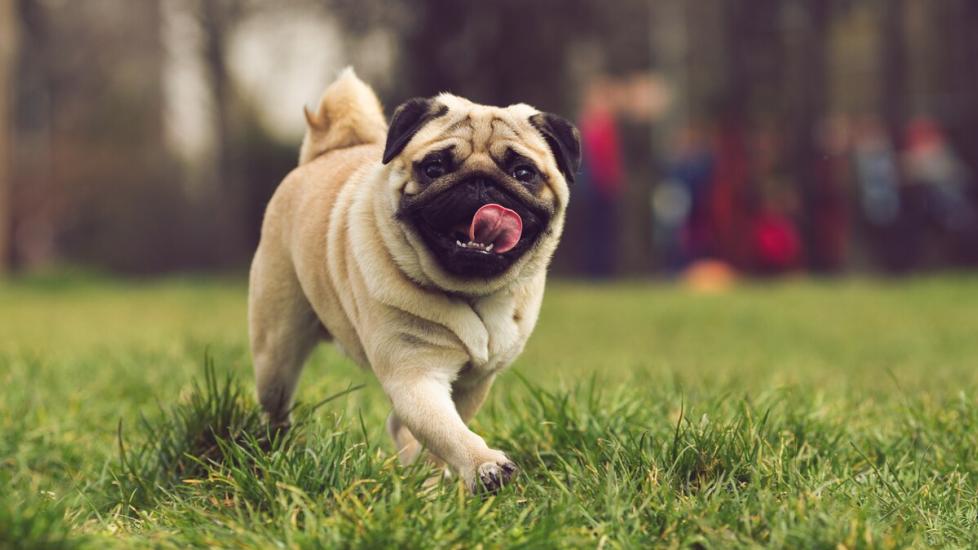Introduction:
The Pug is an ancient toy breed with a distinctive wrinkled face and compact build. Known for its charm and playful nature, the Pug has been a popular companion dog throughout history.
Lifespan: 12-15 years
Coat Length: Short and smooth
Alias(es): Chinese Pug, Dutch mastiff, Miniature Mastiff
Height (adult): Typically ranges from 10 to 14 inches at the shoulder
Place of Origin: China
Body Size: Small to medium-sized; stocky frame with short legs
Shedding Level: Moderate shedders; require regular grooming to keep their coats healthy and minimize hair around your home.
Trainability: Intelligent and eager to please, they respond well to positive reinforcement training methods.
Characteristics:
– The Pug is known for its sociable personality and affectionate nature towards family members.
– They are generally good with children but should be supervised during play as their small stature can make them vulnerable.
– These dogs thrive on human companionship and do not fare well when left alone for long periods.
– Due to their brachycephalic (short-snouted) anatomy, Pugs may suffer from breathing difficulties and overheating if overexerted or in hot environments.
– Regular exercise, such as daily walks, is important to maintain their health, but it must be moderate due to their respiratory issues.
Health Considerations:
– Brachycephaly-related health problems like eye issues, skin folds that can trap moisture leading to infections, and heat sensitivity.
– Hip dysplasia, which can lead to arthritis.
– Obesity can exacerbate existing conditions and cause additional health issues.
Grooming Needs:
– Weekly brushing to remove loose hair and prevent matting.
– Regular cleaning of facial wrinkles to avoid infection.
– Bathe only when necessary as too much bathing can dry out the Pug’s sensitive skin.
Exercise Requirements:
– Daily walks or play sessions are sufficient for most Pugs.
– Avoid excessive running or jumping activities due to their breathing challenges.
Average Cost:
– Initial purchase price can vary widely depending on lineage and breeder reputation, typically ranging from $800 to several thousand dollars.
– Annual maintenance costs include food, veterinary care, grooming supplies, toys, etc., which can add up to approximately $900 – $1600 per year.
Legal Issues/Restrictions:
– Some areas have restrictions on certain dog breeds, including those with flat faces (brachycephalics). It’s essential to check local regulations before acquiring any dog.
Conclusion:
The Pug’s endearing appearance and loyal disposition make them a beloved choice among many families. However, prospective owners should carefully consider whether they can provide the constant companionship these dogs need and address their specific healthcare requirements.
